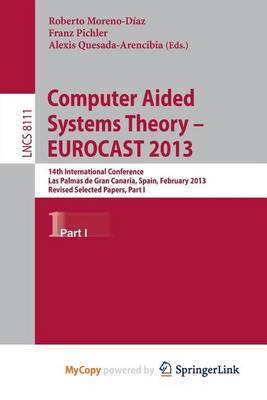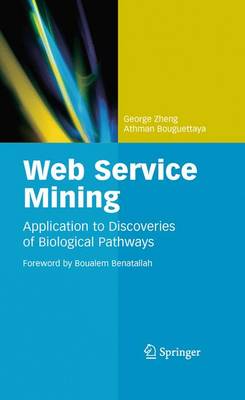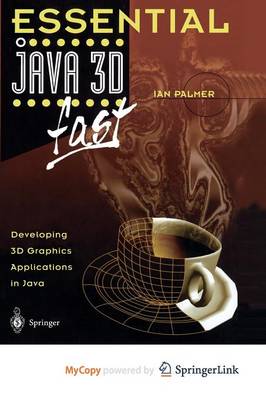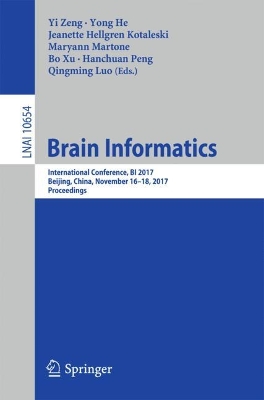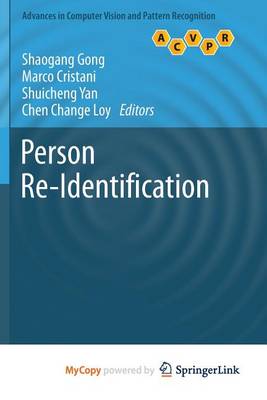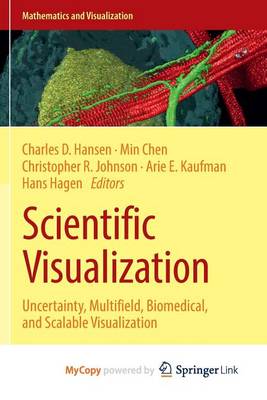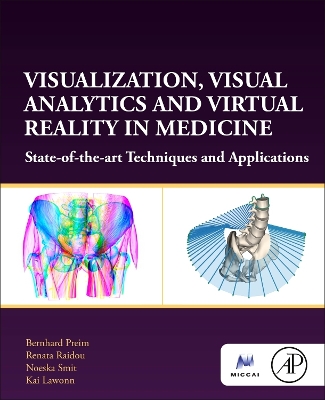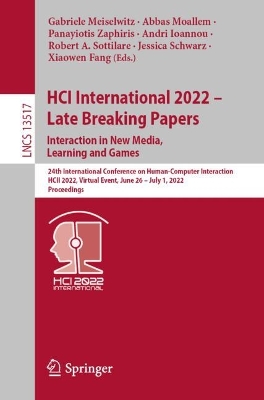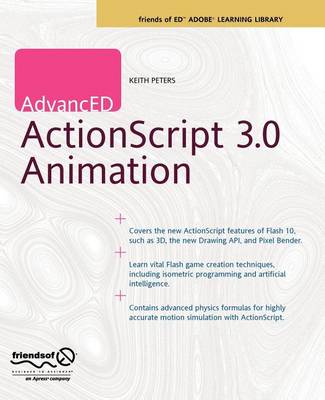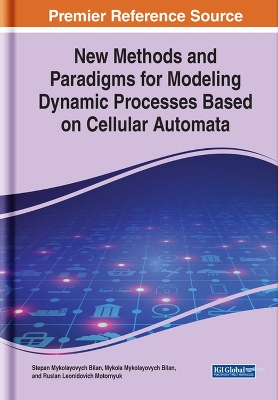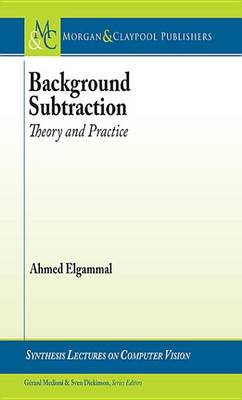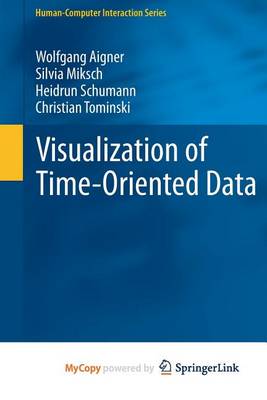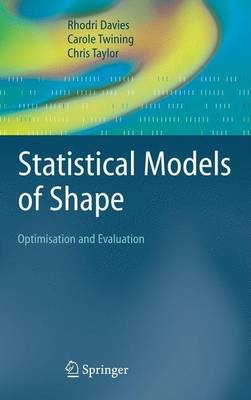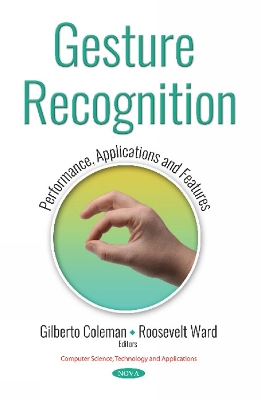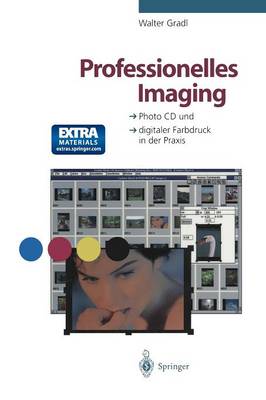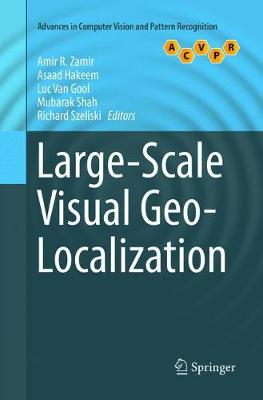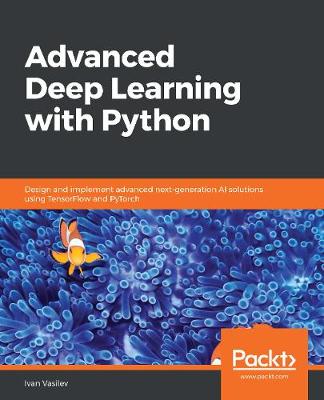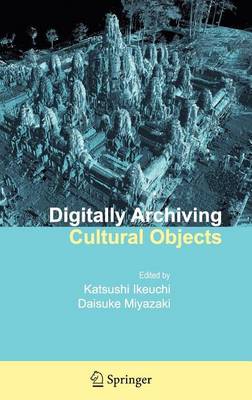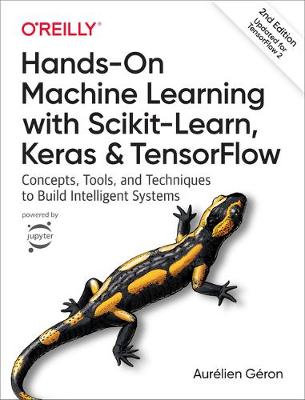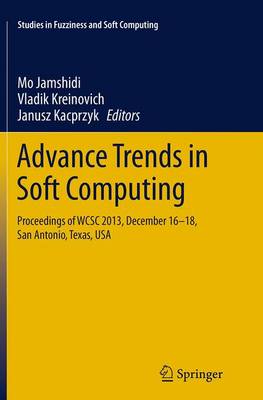The two-volume set LNCS 8111 and LNCS 8112 constitute the papers presented at the 14th International Conference on Computer Aided Systems Theory, EUROCAST 2013, held in February 2013 in Las Palmas de Gran Canaria, Spain. The total of 131 papers presented were carefully reviewed and selected for inclusion in the books. The contributions are organized in topical sections on modelling biological systems; systems theory and applications; intelligent information processing; theory and applications of...
The new computing environment enabled by advances in service oriented arc- tectures, mashups, and cloud computing will consist of service spaces comprising data, applications, infrastructure resources distributed over the Web. This envir- ment embraces a holistic paradigm in which users, services, and resources establish on-demand interactions, possibly in real-time, to realise useful experiences. Such interactions obtain relevant services that are targeted to the time and place of the user requ...
This is an introductory textbook for those who want to learn Java 3D fast. It is packed with numerous examples and illustrations, including an 8-page colour section. The author takes readers through the different stages of writing a simple program in Java 3D and then shows how to modify and add features to the program. Indeed, one of the best way to learn any programming language is by writing programs. The examples in this book assume a working knowledge of Java and some background in 3D graphi...
This book introduces zero-effort technologies (ZETs), an emerging class of technologies that require little or no effort from the people who use them. ZETs use advanced computing techniques, such as computer vision, sensor fusion, decision-making and planning, machine learning, and the Internet of Things to autonomously perform the collection, analysis, and application of data about the user and/or his/her context. This book begins with an overview of ZETs, then presents concepts related to thei...
Brain Informatics (Lecture Notes in Computer Science, #10654) (Lecture Notes in Artificial Intelligence, #10654)
This book constitutes the refereed proceedings of the International Conference on Brain Informatics, BI 2017, held in Beijing, China, in November 2017. The 31 revised full papers were carefully reviewed and selected from 64 submissions. BI addresses the computational, cognitive, physiological, biological, physical,ecological and social perspectives of brain informatics, as well as topics related tomental health and well-being.
Person Re-Identification (Advances in Computer Vision and Pattern Recognition)
The first book of its kind dedicated to the challenge of person re-identification, this text provides an in-depth, multidisciplinary discussion of recent developments and state-of-the-art methods. Features: introduces examples of robust feature representations, reviews salient feature weighting and selection mechanisms and examines the benefits of semantic attributes; describes how to segregate meaningful body parts from background clutter; examines the use of 3D depth images and contextual cons...
Based on the seminar that took place in Dagstuhl, Germany in June 2011, this contributed volume studies the four important topics within the scientific visualization field: uncertainty visualization, multifield visualization, biomedical visualization and scalable visualization. * Uncertainty visualization deals with uncertain data from simulations or sampled data, uncertainty due to the mathematical processes operating on the data, and uncertainty in the visual representation,* Multifield visual...
Visualization, Visual Analytics and Virtual Reality in Medicine
by Bernhard Preim, Renata Raidou, Noeska Smit, and Kai Lawonn
Visualization, Visual Analytics and Virtual Reality in Medicine: State-of-the-art Techniques and Applications describes important techniques and applications that show an understanding of actual user needs as well as technological possibilities. The book includes user research, for example, task and requirement analysis, visualization design and algorithmic ideas without going into the details of implementation. This reference will be suitable for researchers and students in visualization and vi...
This proceedings LNCS 13517 constitutes the refereed proceedings of the 24th International Conference on Human-Computer Interaction, HCII 2022, which was held virtually as part of the 24th International Conference, HCII 2022, in June/July 2022. HCII 2022 received a total of 5583 submissions from academia, research institutes, industry, and governmental agencies from 88 countries submitted contributions, and 1276 papers and 275 posters were included in the proceedings that were published just be...
Advanced ActionScript 3.0 Animation (Friends of Ed Adobe Learning Library)
by Keith Peters
This book is a compilation of advanced ActionScript 3.0 animation techniques for any user creating games, user interaction, or motion control with ActionScript. It's an anthology of topics that follow from the author's earlier book, Foundation ActionScript 3.0 Animation: Making Things Move, and things that became possible in version 10 of Flash Player. This book covers a diverse selection of topics that don't necessarily lead one into the other. You don't need to start with Chapter 1 and read it...
New Methods and Paradigms for Modeling Dynamic Processes Based on Cellular Automata
by Stepan Mykolayovych Bilan
The accelerating development of computer technology and communications can replace many of the functions of human intellectual activity, as well as help them in making decisions in various situations of their lives. To implement intelligent functions for various purposes, numerous models, paradigms, architectures, and hardware and software are being developed. Because the world is constantly evolving, there is a need to constantly study various dynamic processes to determine possible negative si...
Statistical and Geometrical Approaches to Visual Motion Analysis (Lecture Notes in Computer Science, #5604)
Motion analysis is central to both human and machine vision. It involves the interpretation of image data over time and is crucial for a range of motion tasks suchasobstacledetection,depthestimation,videoanalysis,sceneinterpretation, videocompressionandotherapplications. Motionanalysisis unsolvedbecauseit requires modeling of the complicated relationships between the observed image data and the motion of objects and motion patterns (e. g. , falling rain) in the visual scene. The Dagstuhl Seminar...
Background Subtraction (Synthesis Lectures on Computer Vision)
by Ahmed Elgammal
Background subtraction is a widely used concept for detection of moving objects in videos. In the last two decades there has been a lot of development in designing algorithms for background subtraction, as well as wide use of these algorithms in various important applications, such as visual surveillance, sports video analysis, motion capture, etc. Various statistical approaches have been proposed to model scene backgrounds. The concept of background subtraction also has been extended to detect...
Visualization of Time-Oriented Data (Human-Computer Interaction) (Humancomputer Interaction, #0)
by Wolfgang Aigner, Silvia Miksch, and Heidrun Schumann
Time is an exceptional dimension that is common to many application domains such as medicine, engineering, business, or science. Due to the distinct characteristics of time, appropriate visual and analytical methods are required to explore and analyze them. This book starts with an introduction to visualization and historical examples of visual representations. At its core, the book presents and discusses a systematic view of the visualization of time-oriented data along three key questions: wha...
Statistical Models of Shape: Optimisation and Evaluation
by Rhodri Davies, Carole Twining, and Professor Chris Taylor
In the opening chapter of Gesture Recognition: Performance, Applications and Features, the authors discuss gesture recognition and its role in the developing world of technology. The possibility of implementing a gesture detection application that works with people with special needs is examined, such as recognition of sign language for the hearing-impaired. Following this, the authors present their approach for face detection and tracking, user identification, facial feature extraction and head...
Das Buch beschreibt den praktischen Einsatz der neuen Technologien Photo CD und digitaler Farbdruck in der Bildkommunikation. Alle, die professionell mit Photos und Computergraphiken arbeiten, erhalten eine vollständige und praxisnahe Darstellung der Einsatzmöglichkeiten der Photo CD am PC, in Druckvorstufe, Bildarchiv und multimedialer Präsentation. Darüber hinaus wird Entstehung, Einsatz und Weiterverarbeitung digitaler Farbdrucke für Marketing und Werbung aufgezeigt. Auf der Hybrid-CD befind...
Large-Scale Visual Geo-Localization (Advances in Computer Vision and Pattern Recognition)
This timely and authoritative volume explores the bidirectional relationship between images and locations. The text presents a comprehensive review of the state of the art in large-scale visual geo-localization, and discusses the emerging trends in this area. Valuable insights are supplied by a pre-eminent selection of experts in the field, into a varied range of real-world applications of geo-localization. Topics and features: discusses the latest methods to exploit internet-scale image databas...
Gain expertise in advanced deep learning domains such as neural networks, meta-learning, graph neural networks, and memory augmented neural networks using the Python ecosystemKey FeaturesGet to grips with building faster and more robust deep learning architecturesInvestigate and train convolutional neural network (CNN) models with GPU-accelerated libraries such as TensorFlow and PyTorchApply deep neural networks (DNNs) to computer vision problems, NLP, and GANsBook DescriptionIn order to build r...
As our heritage deteriorates through erosion, human error or natural disasters, it has become more important than ever to preserve our past - even if it is in digital form only. This highly relevant work describes thorough research and methods for preserving cultural heritage objects through the use of 3D digital data. These methods were developed via computer vision and computer graphics technologies. They offer a way of passing our heritage down to future generations.
Hands-On Machine Learning with Scikit-Learn, Keras, and Tensorflow
by Geron Aurelien
Visual Computing (Augmented Vision and Reality, #4)
This volume aims to stimulate discussions on research involving the use of data and digital images as an understanding approach for analysis and visualization of phenomena and experiments. The emphasis is put not only on graphically representing data as a way of increasing its visual analysis, but also on the imaging systems which contribute greatly to the comprehension of real cases. Scientific Visualization and Imaging Systems encompass multidisciplinary areas, with applications in many knowl...
Advance Trends in Soft Computing (Studies in Fuzziness and Soft Computing, #312)
This book is the proceedings of the 3rd World Conference on Soft Computing (WCSC), which was held in San Antonio, TX, USA, on December 16-18, 2013. It presents start-of-the-art theory and applications of soft computing together with an in-depth discussion of current and future challenges in the field, providing readers with a 360 degree view on soft computing. Topics range from fuzzy sets, to fuzzy logic, fuzzy mathematics, neuro-fuzzy systems, fuzzy control, decision making in fuzzy environment...
